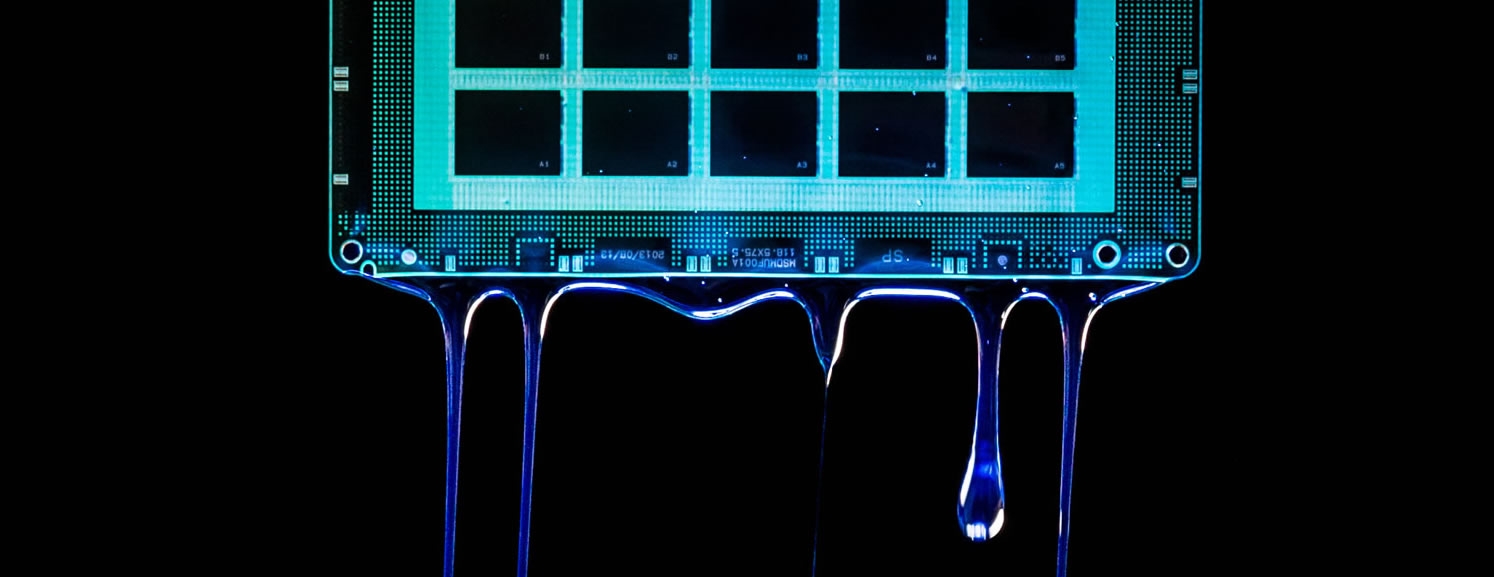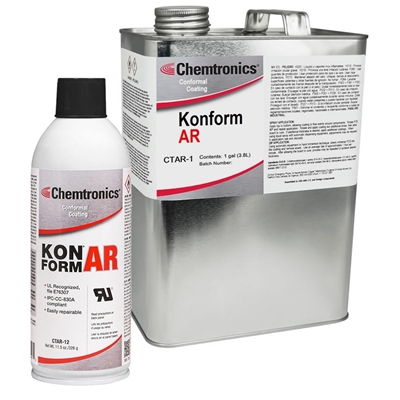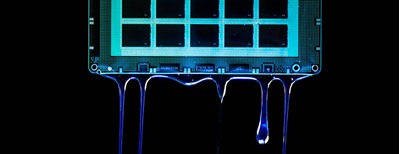- Prepare the PCB: Ensure the PCB is clean, dry, and free from any contaminants. Clean it using an appropriate PCB cleaning solution or isopropyl alcohol to remove any dirt, flux residues, or other impurities that could interfere with the coating adhesion.
- Select the Conformal Coating: There are various types of conformal coatings available, such as acrylic (AR), silicone (SR), and urethane (UR). Choose a coating that suits your specific application and environmental conditions.
- Choose the Application Method: Conformal coatings can be applied using different methods, including spraying, dipping, brushing, or dispensing. The method you choose depends on the type of coating and your equipment's capabilities.
- Spraying: Suitable for large-scale production. It requires a specialized spray booth and spray gun to evenly apply the coating.
- Dipping: Involves immersing the entire PCB into a reservoir of conformal coating. This method provides uniform coverage but may trap air bubbles.
- Brushing: Manual application using a brush is suitable for small-scale production or touch-ups.
- Masking Uncoated Areas (optional): If certain components or areas on the PCB should remain uncoated (e.g., connectors, switches, or heat sinks), use a masking material (e.g., Kapton tape or liquid latex) to protect those areas during the coating process.
- Dispensing: Applying the coating using a controlled dispensing system, which is useful for selective coating on specific areas. Make sure to apply a thin and even layer, avoiding excessive buildup, which could lead to uneven coating thickness or encapsulation of sensitive components.
- Curing and Drying: Allow the applied conformal coating to cure and dry as per the manufacturer's instructions. This typically involves leaving the coated PCB in a controlled environment, such as an oven, for the recommended duration.
- Post-Coating Inspection: After the coating has cured, inspect the PCB to ensure proper coverage and to check for any defects, such as bubbles, pinholes, or insufficient coating.
You did not finish submitting your information to request a sample



